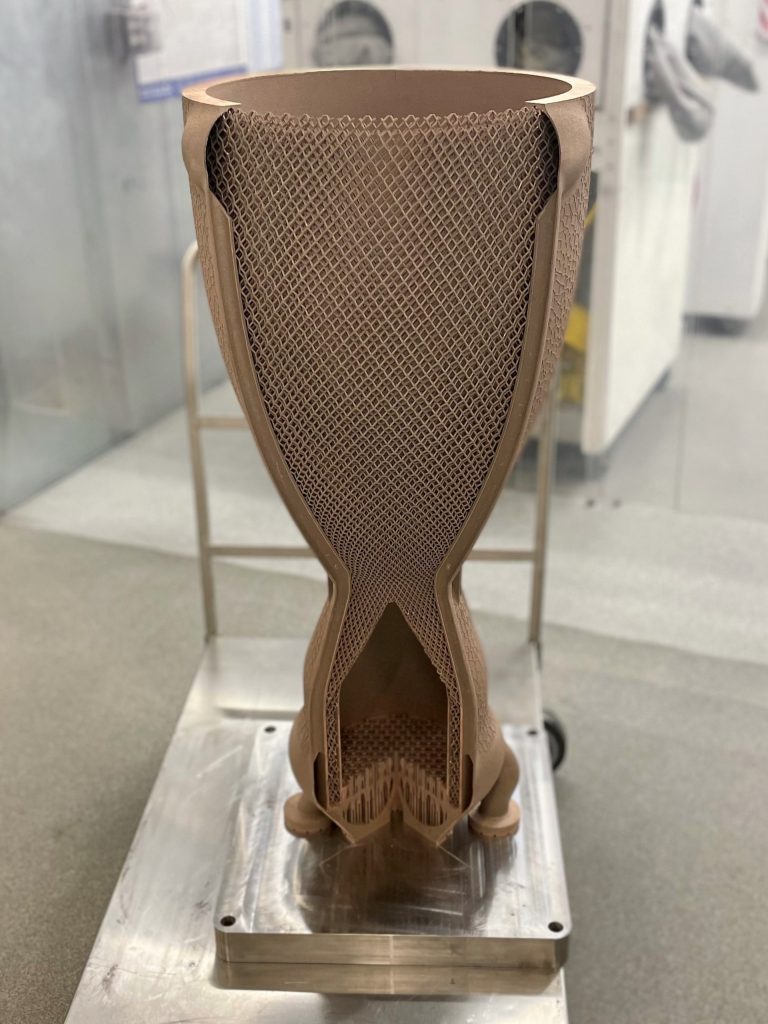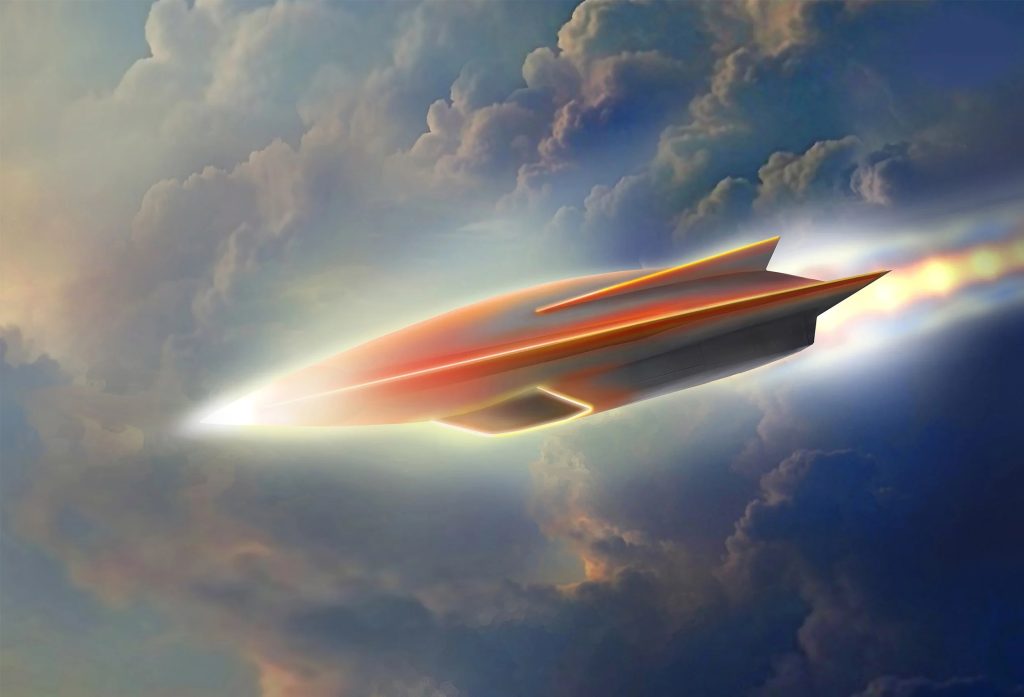Additive manufacturing service provider Sintavia has been awarded a contract by the US Department of Defense (DoD) to develop 3D printed hypersonic propulsion components.
This agreement will see the company validate the quality and operational processes needed to design and additively manufacture critical components needed to enable hypersonic flight.
Part of the DoD’s Growing Additive Manufacturing Maturity for Airbreathing Hypersonics (GAMMA-H) challenge, the project has been contracted through S²MARTS OTA which is managed by the National Security Technology Accelerator (NSTXL).
“As the industry leader in this effort, Sintavia is uniquely positioned to work with the GAMMA-H project to successfully develop and validate these processes,” commented Sintavia’s Founder and CEO Brian Neff.
“We are grateful to the GAMMA-H team for their trust in Sintavia regarding this absolutely critical national security imperative.”

3D printing enables hypersonic propulsion
This new contract, expected to run through 2025, will see Sintavia validate its new processes specifically for critical hypersonic propulsion parts. The company claims its GAMMA-H efforts will apply to other manufacturers across the hypersonic industrial base.
According to Neff, GAMMA-H “represents an important step forward in developing and formalizing standard additive manufacturing processes that can be used across the industry for hypersonic production.”
Announced in October 2023, the GAMMA-H project is a joint effort between the Office of the Secretary of Defense (OSD) Manufacturing Technology Program (ManTech) and the Naval Surface Warfare Center, Crane Division.
With a budget of $106.7M, GAMMA-H is part of the DoD’s ongoing efforts to identify new manufacturing processes that meet the geometric and temperature requirements of modern hypersonic airbreathing weapon systems.
Specifically, the initiative seeks to reduce the number of parts that require inspection, shipment and construction through additive manufacturing. It also hopes to allow small businesses to engage in defense manufacturing.
“GAMMA-H solutions will bring significant improvements to how we apply additive manufacturing to airbreathing hypersonics. This will only be achieved through the partnership of large companies, small businesses, and academia,” explained Keith DeVries, Deputy Director of OSD ManTech.
Last month, Aerospace firm Aerojet Rocketdyne was awarded a $22 million contract through the GAMMA-H challenge to 3D print a hypersonic propulsion system prototype.
The firm, a subsidiary of US aerospace and defense contractor L3Harris Technologies, will deliver the prototype in 36 months. Aerojet Rocketdyne will streamline its production workflow by consolidating the essential steps of the scramjet manufacturing process using metal 3D printing.
The company’s President, Ross Niebergall, believes this approach will create a less fragmented supply chain, facilitating schedule and cost efficiencies.

Additive manufacturing for aerospace applications
The role of metal 3D printing technology is growing in the aerospace propulsion systems sector, enabling cost, weight, and time savings.
It was recently announced that resin 3D printer manufacturer B9Creations had been selected to accelerate the production of ultra-precision jet engine turbine blades. Through this, the South Dakota-based firm has become the Global Additive Manufacturing Partner for aerospace manufacturer Consolidated Precision Products (CPP) and it’s subsidiary Poly6 Technologies.
Having worked directly with Poly6 for over six years, B9Creation has agreed to continue its commitment to scale the production of 3D printed turbine components for next-generation commercial jet engines. To achieve this, the company has delivered software tools and customized hardware solutions that meet the size and dimensional accuracy requirements of turbine blade applications.
Elsewhere, Rocket engine manufacturer Ursa Major has been contracted by the US Navy to design, manufacture and test a 3D printed solid rocket motor (SRM) for the Standard Missile (SM) program. Ursa Major will utilize its additive manufacturing-powered Lynx technology to produce the SRMs, which will be optimized for manufacturability and reliability.
It is hoped that this will help the US DoD meet the growing demand for SRMs amid a need to restock depleted inventories and continue its commitment to support Ukraine’s war effort. Utilizing Lynx, Ursa Major will address this demand by scaling the production of essential SM rocket components on American soil.
Want to help select the winners of the 2024 3D Printing Industry Awards? Join the Expert Committee today.
What does the future of 3D printing hold?
What near-term 3D printing trends have been highlighted by industry experts?
Subscribe to the 3D Printing Industry newsletter to keep up to date with the latest 3D printing news.
You can also follow us on Twitter, like our Facebook page, and subscribe to the 3D Printing Industry Youtube channel to access more exclusive content.
Featured image shows a Sintavia 3D printed hypersonic propulsion system model. Photo via Business Wire.


